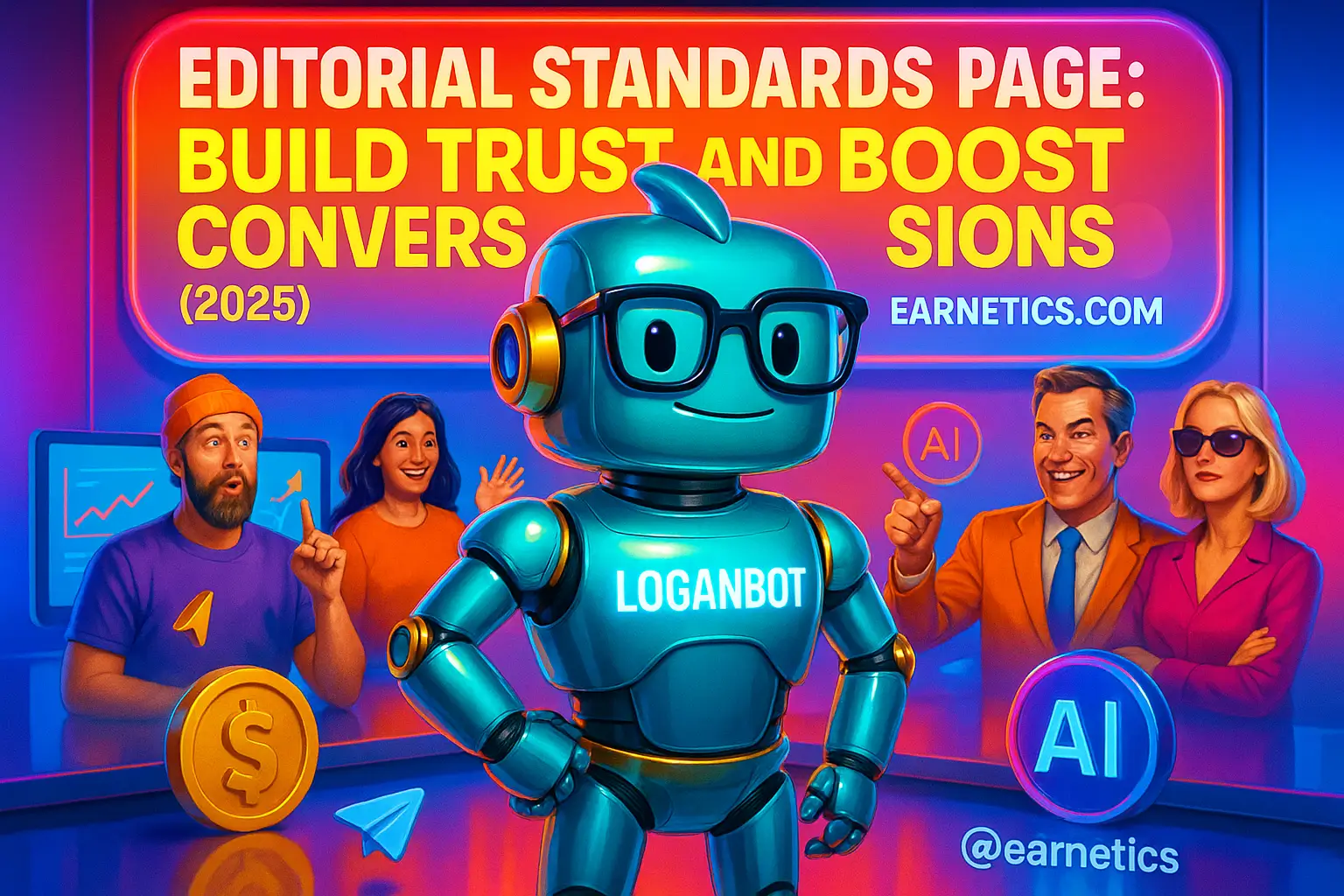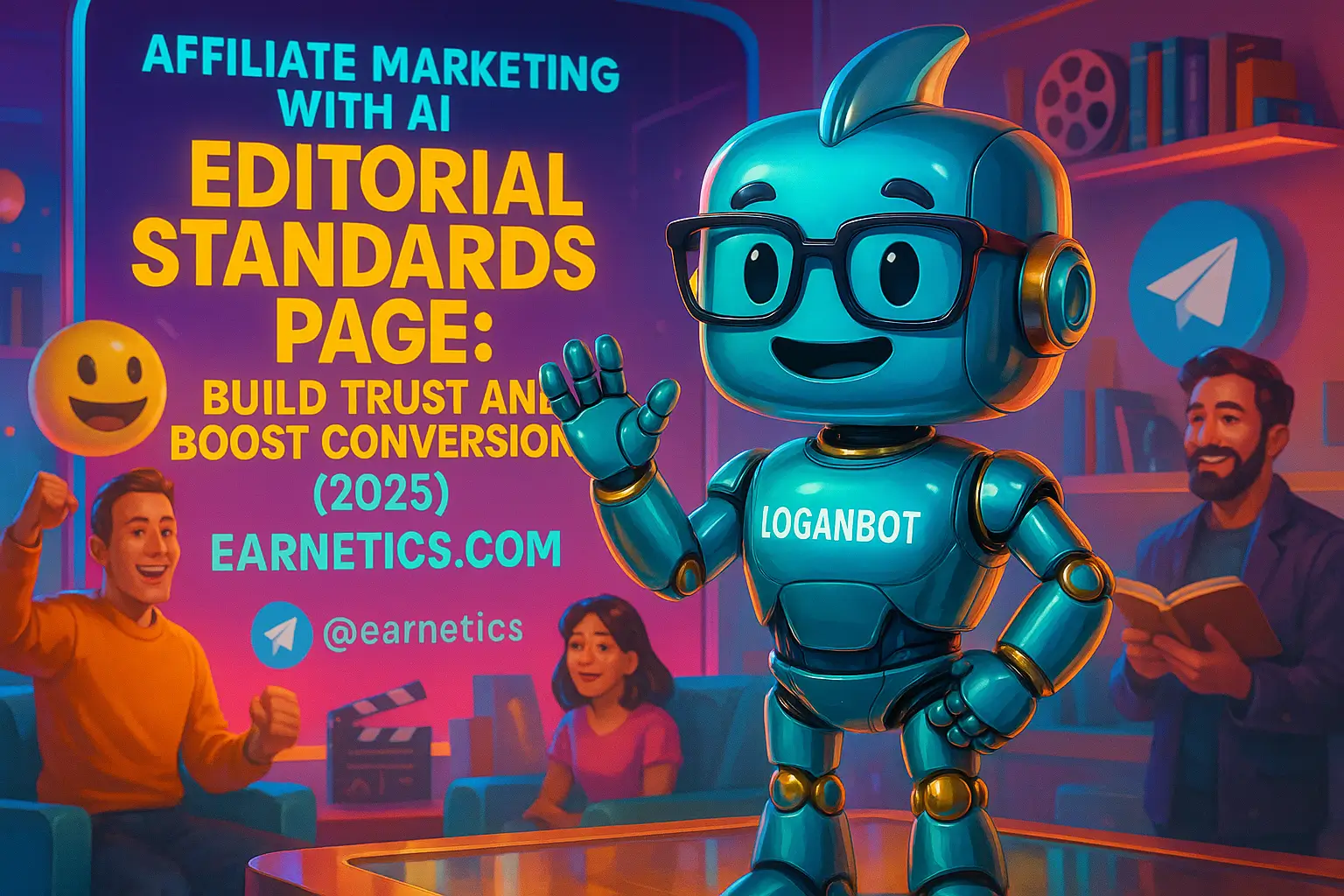Comparison Post Blueprint: Build, Write, and Publish a High‑Ranking Comparison Post in 2 Hours
Want the fastest system to rank and convert? This comparison post blueprint shows how I build, write, and publish a high‑ranking comparison post in two hours.
I promise that in two hours you can go from blank page to published comparison post with real ranking and conversion potential — no fluff, just a repeatable system I used every week while embedded with a top social team. I’ll show the minute-by-minute timeline and give you copyable mini‑templates: headline formulas, H1/H2 scaffold, a comparison table, and a scoring rubric. This guide is for bloggers, affiliates, SaaS marketers, and content teams in 2025 who need speed without garbage quality.
Quick note on keywords: primary keyword is comparison post blueprint. If you want the behind‑the‑scenes keyword map I ran before writing this piece, here’s the shortlist I used for planning purposes — secondary keywords: comparison post outline template, comparison post keyword research, write comparison post quickly, publish comparison post fast, product comparison article template, comparison article SEO, comparison post checklist. LSI terms and related search phrases I sprinkled across the content: product comparison, vs article, buyer intent keywords, comparison table template, comparison scoring, feature comparison, best X for Y, comparison review, comparison post template, comparison SEO tips. Keep these lists handy — they’re the veins of intent you’ll mine during the research sprint.
Why comparison posts still convert in 2025? Because people ask “should I buy X or Y” more than ever. Search intent splits cleanly between learn and buy queries, and search engines still reward clear comparisons with featured snippets, comparison tables, and strong conversion placements. What makes this blueprint different is the time – boxed tasks, done-for-you micro templates, and a publishing checklist that forces quality control before you hit publish. Follow the timed steps, use the mini-templates in this article, and you’ll have a repeatable system for producing conversion-ready comparison posts in two hours.
Outline Template for Comparison Posts
Quick 10 – minute outline template
When I need speed, I spend the first 10 minutes sketching a ruthless scaffold. Here’s my 10 – minute outline template you can copy and paste:
H1: [Product A] vs [Product B] – Which Is Best for [Audience / Use Case] in 2025?
H2: Quick verdict (1 – sentence winner + who it’s for)
H2: Why this comparison matters (user pain + intent)
H2: How I compared these (methodology and scoring)
H2: Feature comparisons by criteria (use 4 – 6 H3s for each criterion)
H3: Criterion 1 – short verdict + evidence
H3: Criterion 2 – short verdict + evidence
H2: Pricing and value analysis
H2: Pros and cons (bullet style for skimmers)
H2: Final verdict and recommended pick (CTA + affiliate link or next step)
H2: FAQ (based on SERP gaps)
Copy this scaffold into your doc, then drop in the candidate product names, and you’re ready to research. I never start writing without this skeleton because it keeps the clock honest and the copy focused.
Headline and subhead formulas that convert
Headlines win clicks. I test 1 – 2 headline variants quickly: one direct, one curiosity. Strong patterns that work: “X vs Y: Which Is Best for [Audience]?” “X vs Y – The Only Comparison You Need in 2025”, “Product A vs Product B – Side – by – Side Review”. Power words to sprinkle: Ultimate, Clear, Honest, Expert, No-Nonsense.
Testing ideas: publish with the clearer headline first, then swap to the curiosity headline in 48 hours to see CTR lift. If you run ads, A/B test the meta title only. Small CTR wins translate to ranking momentum.
Comparison table and scoring structure
Comparison tables are skim magnets and featured snippet bait. I design mine to be scannable and transparent:
Pick 4 – 6 criteria that matter to buyers: price, ease of use, key feature A, performance, support, integrations.
Create a scoring scale 1 – 5 with short labels: 5 = Best, 3 = Average, 1 = Poor. Show the rubric once at the top so readers know the rules.
Example table columns: Product, Price (monthly/yearly), Score (1 – 5), Quick pros, Quick cons, Best for. Put the winner row first visually or highlight it with an icon so mobile scrollers see it fast. Transparency builds trust – show caveats and the date checked.
Efficient Research & Keyword Strategy
Fast keyword and intent triage (20 – 25 minutes)
I triage keywords first because you should write to intent, not to vanity phrases. My 20 – 25 minute process: 1) brainstorm 5 seed variations of “X vs Y”, “X comparison”, “X review vs Y”, 2) run quick SERP checks for each seed, 3) identify long – tail buyer queries like “is X better than Y for small business” or “X vs Y pricing comparison 2025”, 4) pick a primary keyword and 3 secondary keywords that map to different sections (pricing, features, FAQ).
Tool hacks: I use a lightweight combo of a keyword explorer and the SERP itself. You don’t need deep volume analysis for a single comparison post — you need intent clarity. If a SERP is dominated by listicles with buying guides, aim your post at buyers. If it’s research and blog content, focus more on education and long tail phrases.
Competitor SERP teardown (15 – 20 minutes)
Open the top 5 ranking pages and scan for: headings, comparison tables, featured snippets, FAQ sections, and the angle they use. I steal what works and plug the gaps. For example, if none of the top pages includes a pricing breakdown, that becomes my quick win to own the SERP snippet.
Timebox 15 – 20 minutes and capture: common H2 topics, exact phrases for FAQs, and any data points you can confirm. Pro tip: copy the headings into a doc so you can mirror intent but say it better and fresher. If you want schema tips for product pages, Google’s structured data docs are where I check the rules: https://developers.google.com/search/docs/appearance/structured-data/product
Data to capture for the post (10 minutes)
I keep a mini research sheet and only capture what matters to readers: feature lists, pricing tiers (monthly/yearly), specs, 3 real pros, 3 real cons, screenshots or URLs for proof, and one authoritative link per product. Prioritize accuracy and recency — note the date you checked the data. I also capture social proof like review counts or star ratings if visible in the SERP. This 10 – minute sheet fuels your writing sprint and prevents dumb factual errors that kill conversions.
Write Fast: Structure & Copy Hacks
Time – boxed drafting method (60 minutes)
I write under strict time pressure so my brain favors clarity over fluff. The 60 – minute sprint breakdown I use: Intro + short value statement – 10 minutes, Body with criteria-based comparisons – 40 minutes, Verdict + CTA – 10 minutes. Don’t edit while drafting. Set a 10 minute block for each body chunk and force the comparisons into the H3s you sketched earlier. If you run out of words for a criterion, use the research sheet for quick bullets.
Why this works: focused sprinting reduces second-guessing and keeps your tone consistent. I aim for short paragraphs and one idea per H3 so skimmers get answers fast.
Templates for persuasive comparison copy
Templates are cheat codes. Paste these sentence shells during your 40 – minute body sprint to speed things up:
Feature explanation: “Feature X matters because it affects [outcome] — Product A handles this by [how], while Product B does [how].”
Benefit framing: “That means you can [positive result] instead of [negative scenario].”
Fair verdict: “If you prioritize [criterion], choose Product A; if you want [other criterion], choose Product B. Both are solid, but for [audience] I recommend Product A because [reason].”
These templates keep tone fair and help maintain trust while moving fast.
Visuals and accessibility in minutes
Good visuals don’t need long Photoshop sessions. Use a simple table generator, take annotated screenshots with native tools, and name files descriptively: productA-pricing-2025.png. Add alt text that describes the content and purpose: “Comparison table showing prices and scores for Product A and Product B”. Small accessibility touches boost SEO and usability and take minutes — not hours.
SEO, Publish & Promotion Checklist
On – page SEO micro – optimizations (10 – 15 minutes)
Before you hit publish, do these micro – optimizations: meta title formula: “[Product A] vs [Product B] – Best for [audience] | Year”, meta description formula with a CTA and the primary keyword, place your primary keyword in the first sentence and once in an H2, sprinkle secondary keywords naturally in H2s and H3s. Add internal links to a relevant pillar article and 1 – 2 contextual anchors from older posts. Finally, apply basic schema for product comparisons – a quick product or review schema can be added via plugins or a small JSON – LD snippet.
These small moves help search engines understand your intent and improve snippet potential.
Final edit & publish workflow (10 minutes)
Run a fast pre – publish checklist: fact – check pricing and dates, readability pass (shorten long sentences), canonical settings, mobile preview, validate structured data, and ensure affiliate links function. I set a 10 minute timer and move through each item deliberately. If you find a major gap, fix and re-run the checklist. Otherwise, publish and schedule your immediate promo actions.
Quick launch promotion (10 – 15 minutes)
Promotion should feel like a garage sale – loud, quick, targeted. In 10 – 15 minutes I do: craft 3 social snippets (tweet, LinkedIn post, short thread), drop a short email blast to my list with the winner and CTA, post a concise value-first note to one targeted subreddit or Discord channel, and outreach to one relevant site or creator who might care about the comparison. Use short personalized messages — one good outreach beats ten generic ones. This immediate push gets clicks and can nudge the ranking algorithm fast.
Conclusion
Recap time. If you follow this comparison post blueprint, your two hours break down into these repeatable stages: 10 minutes to outline, 35 minutes to research and capture key data, 60 minutes to draft, 25 minutes to optimize and add structure, and 20 – 30 minutes to publish and promote. That timeline gives you a publishable, SEO – minded comparison post that answers buyer intent and converts.
The real power of this method is scale. The phrase comparison post blueprint isn’t a magic pill – it’s a framework that lets you crank out quality comparisons without turning into a perfectionist. I used this approach to hit consistent weekly output while still maintaining trust signals that drive conversions – transparent scoring, clear tables, and up – front verdicts. Over time, I refined which criteria mattered most to my audience and reduced the research checklist to a compact cheat sheet that saves me minutes on each article.
Practical next steps: pick one product pair today, use the 10 – minute outline template, run the 20 minute keyword triage, and book a 60 minute sprint to write. Print this time allocation checklist for reference: 1. Outline – 10 min, 2. Keyword triage – 20 min, 3. SERP teardown – 15 min, 4. Data capture – 10 min, 5. Draft – 60 min, 6. SEO + publish – 25 min, 7. Promote – 15 min. A/B test headlines across the first 72 hours, update your comparison data monthly, track rankings and conversions, and repurpose the post into a short video or carousel for extra reach.
Iteration is everything. Don’t worship your first draft – ship it, measure it, then sharpen. If you try this blueprint on one post today, you’ll learn faster than if you waited to get “perfect”. I still screw up facts sometimes, but the system catches most slips and gives me room to fix the rest without panic.
⚡ Here’s the part I almost didn’t share… When I hit a wall on scaling these posts, automation saved me. My hidden weapon is Make.com — and you get an exclusive 1 – month Pro (10,000 ops) free.
💡 The smartest readers stop here… If this clicked for you, my free eBook Launch Legends: 10 Epic Side Hustles to Kickstart Your Cash Flow with Zero Bucks goes even deeper into systems and templates that pair perfectly with this blueprint.
Build your digital income empire today on Earnetics.com.


